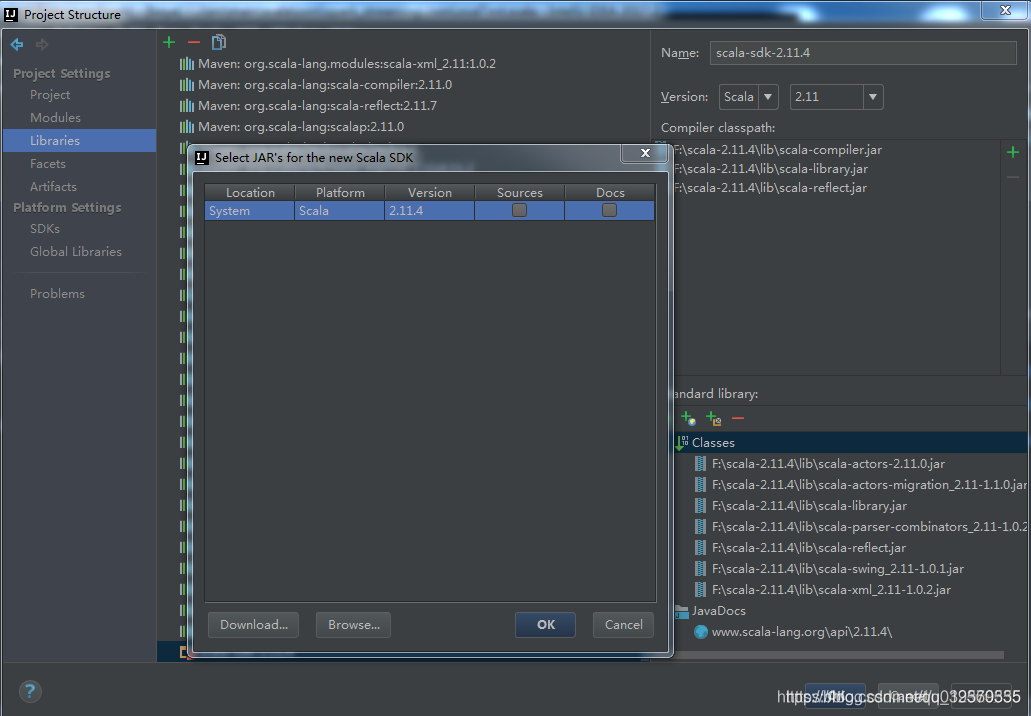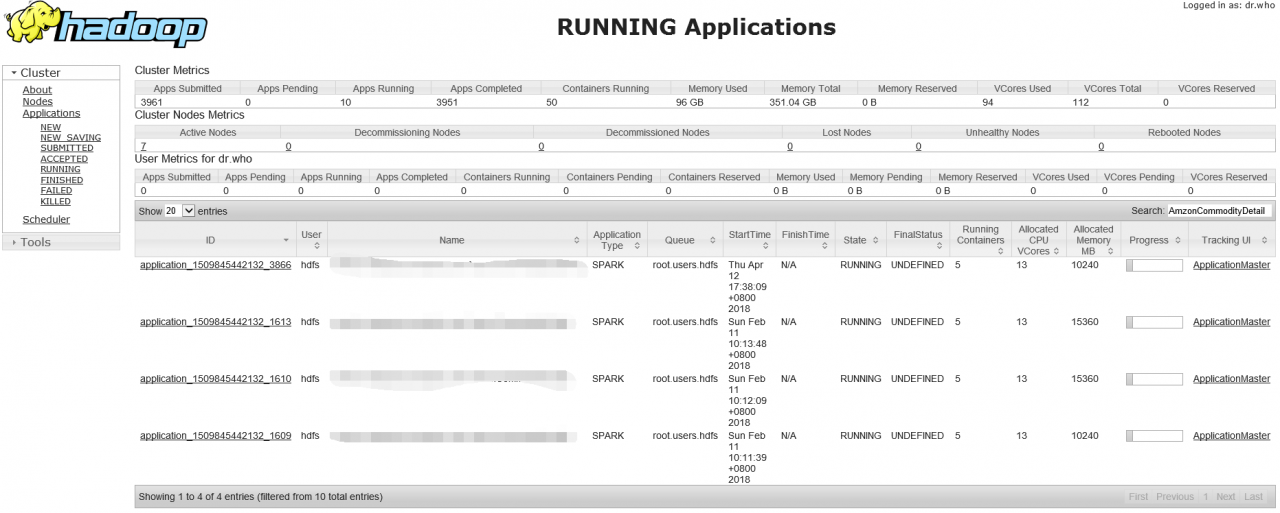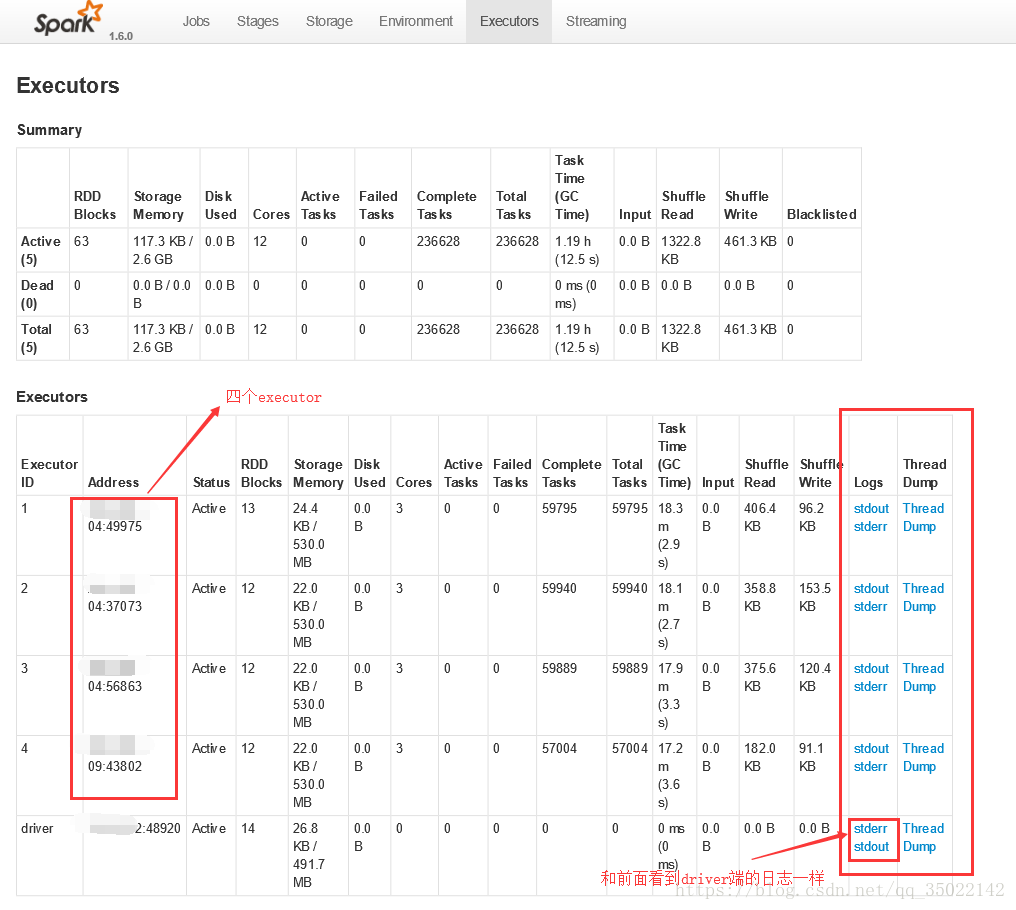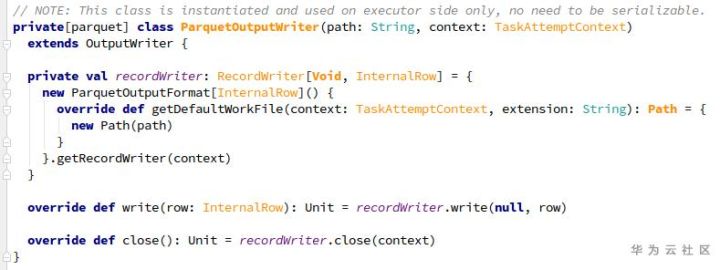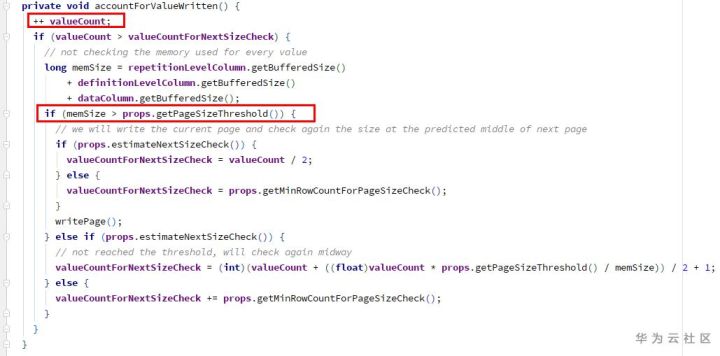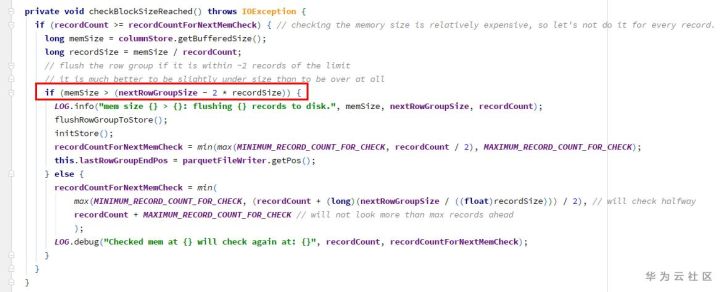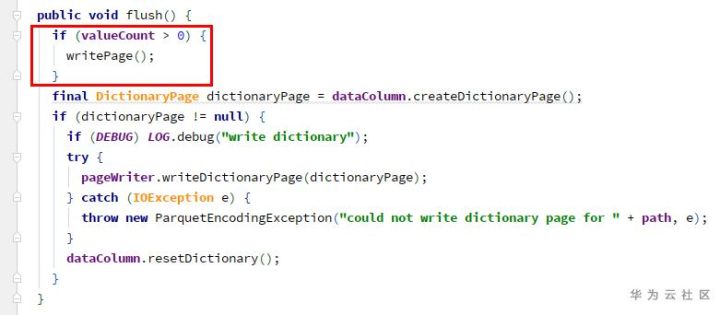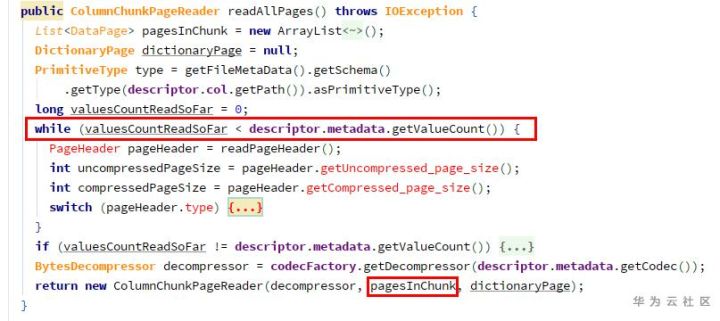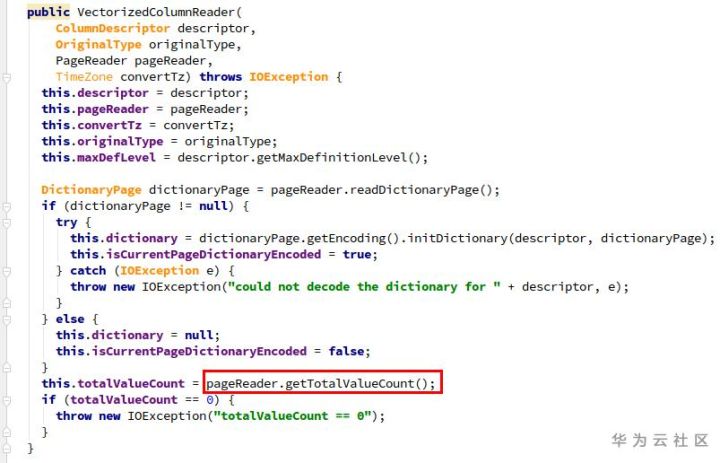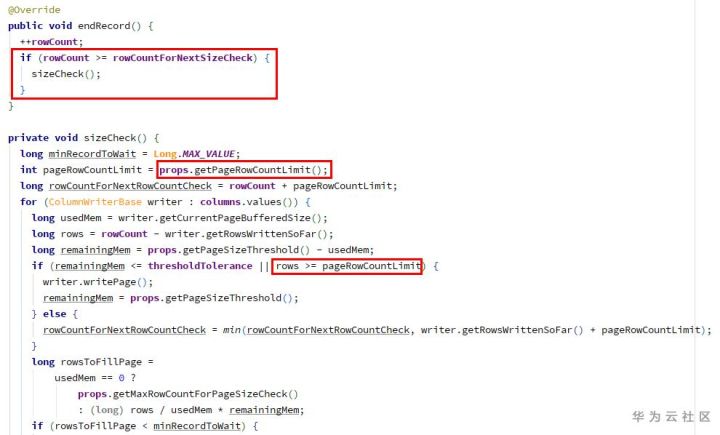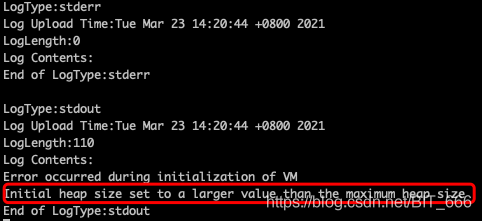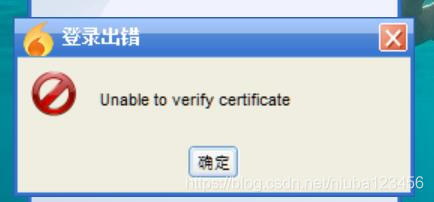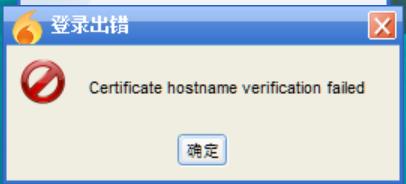Article Contents
Spark SQL reports an error File xxx could only be written to 0 of the 1 minReplication nodes. There are 3 datanode(s) running and 3 node(s) are excluded in this operation.
There are 3 datanode(s) running and 3 node(s) are excluded in this operation. There are 3 datanode(s) running and 3 node(s) are excluded in this operation.
21/06/1917:06:27 ERROR Hive: Failed to move: org.apache.hadoop.ipc.RemoteException(java.io.IOException): File /user/hive/warehouse/hdu.db/user_visit_action/user_visit_action.txt could only be written to 0 of the 1 minReplication nodes. There are 3 datanode(s) running and 3 node(s) are excluded in this operation.
at org.apache.hadoop.hdfs.server.blockmanagement.BlockManager.chooseTarget4NewBlock(BlockManager.java:2205)
at org.apache.hadoop.hdfs.server.namenode.FSDirWriteFileOp.chooseTargetForNewBlock(FSDirWriteFileOp.java:294)
at org.apache.hadoop.hdfs.server.namenode.FSNamesystem.getAdditionalBlock(FSNamesystem.java:2731)
at org.apache.hadoop.hdfs.server.namenode.NameNodeRpcServer.addBlock(NameNodeRpcServer.java:892)
at org.apache.hadoop.hdfs.protocolPB.ClientNamenodeProtocolServerSideTranslatorPB.addBlock(ClientNamenodeProtocolServerSideTranslatorPB.java:568)
at org.apache.hadoop.hdfs.protocol.proto.ClientNamenodeProtocolProtos$ClientNamenodeProtocol$2.callBlockingMethod(ClientNamenodeProtocolProtos.java)
at org.apache.hadoop.ipc.ProtobufRpcEngine$Server$ProtoBufRpcInvoker.call(ProtobufRpcEngine.java:527)
at org.apache.hadoop.ipc.RPC$Server.call(RPC.java:1036)
at org.apache.hadoop.ipc.Server$RpcCall.run(Server.java:1000)
at org.apache.hadoop.ipc.Server$RpcCall.run(Server.java:928)
at java.security.AccessController.doPrivileged(Native Method)
at javax.security.auth.Subject.doAs(Subject.java:422)
at org.apache.hadoop.security.UserGroupInformation.doAs(UserGroupInformation.java:1729)
at org.apache.hadoop.ipc.Server$Handler.run(Server.java:2916)
Exception in thread "main" org.apache.spark.sql.AnalysisException: org.apache.hadoop.hive.ql.metadata.HiveException: org.apache.hadoop.ipc.RemoteException(java.io.IOException): File /user/hive/warehouse/hdu.db/user_visit_action/user_visit_action.txt could only be written to 0 of the 1 minReplication nodes. There are 3 datanode(s) running and 3 node(s) are excluded in this operation.
at org.apache.hadoop.hdfs.server.blockmanagement.BlockManager.chooseTarget4NewBlock(BlockManager.java:2205)
at org.apache.hadoop.hdfs.server.namenode.FSDirWriteFileOp.chooseTargetForNewBlock(FSDirWriteFileOp.java:294)
at org.apache.hadoop.hdfs.server.namenode.FSNamesystem.getAdditionalBlock(FSNamesystem.java:2731)
at org.apache.hadoop.hdfs.server.namenode.NameNodeRpcServer.addBlock(NameNodeRpcServer.java:892)
at org.apache.hadoop.hdfs.protocolPB.ClientNamenodeProtocolServerSideTranslatorPB.addBlock(ClientNamenodeProtocolServerSideTranslatorPB.java:568)
at org.apache.hadoop.hdfs.protocol.proto.ClientNamenodeProtocolProtos$ClientNamenodeProtocol$2.callBlockingMethod(ClientNamenodeProtocolProtos.java)
at org.apache.hadoop.ipc.ProtobufRpcEngine$Server$ProtoBufRpcInvoker.call(ProtobufRpcEngine.java:527)
at org.apache.hadoop.ipc.RPC$Server.call(RPC.java:1036)
at org.apache.hadoop.ipc.Server$RpcCall.run(Server.java:1000)
at org.apache.hadoop.ipc.Server$RpcCall.run(Server.java:928)
at java.security.AccessController.doPrivileged(Native Method)
at javax.security.auth.Subject.doAs(Subject.java:422)
at org.apache.hadoop.security.UserGroupInformation.doAs(UserGroupInformation.java:1729)
at org.apache.hadoop.ipc.Server$Handler.run(Server.java:2916)
;
at org.apache.spark.sql.hive.HiveExternalCatalog.withClient(HiveExternalCatalog.scala:109)
at org.apache.spark.sql.hive.HiveExternalCatalog.loadTable(HiveExternalCatalog.scala:874)
at org.apache.spark.sql.catalyst.catalog.ExternalCatalogWithListener.loadTable(ExternalCatalogWithListener.scala:167)
at org.apache.spark.sql.catalyst.catalog.SessionCatalog.loadTable(SessionCatalog.scala:491)
at org.apache.spark.sql.execution.command.LoadDataCommand.run(tables.scala:389)
at org.apache.spark.sql.execution.command.ExecutedCommandExec.sideEffectResult$lzycompute(commands.scala:70)
at org.apache.spark.sql.execution.command.ExecutedCommandExec.sideEffectResult(commands.scala:68)
at org.apache.spark.sql.execution.command.ExecutedCommandExec.executeCollect(commands.scala:79)
at org.apache.spark.sql.Dataset.$anonfun$logicalPlan$1(Dataset.scala:229)
at org.apache.spark.sql.Dataset.$anonfun$withAction$1(Dataset.scala:3616)
at org.apache.spark.sql.execution.SQLExecution$.$anonfun$withNewExecutionId$5(SQLExecution.scala:100)
at org.apache.spark.sql.execution.SQLExecution$.withSQLConfPropagated(SQLExecution.scala:160)
at org.apache.spark.sql.execution.SQLExecution$.$anonfun$withNewExecutionId$1(SQLExecution.scala:87)
at org.apache.spark.sql.SparkSession.withActive(SparkSession.scala:763)
at org.apache.spark.sql.execution.SQLExecution$.withNewExecutionId(SQLExecution.scala:64)
at org.apache.spark.sql.Dataset.withAction(Dataset.scala:3614)
at org.apache.spark.sql.Dataset.<init>(Dataset.scala:229)
at org.apache.spark.sql.Dataset$.$anonfun$ofRows$2(Dataset.scala:100)
at org.apache.spark.sql.SparkSession.withActive(SparkSession.scala:763)
at org.apache.spark.sql.Dataset$.ofRows(Dataset.scala:97)
at org.apache.spark.sql.SparkSession.$anonfun$sql$1(SparkSession.scala:606)
at org.apache.spark.sql.SparkSession.withActive(SparkSession.scala:763)
at org.apache.spark.sql.SparkSession.sql(SparkSession.scala:601)
at com.hdu.bigdata.spark.sql.Spark06_SparkSQL_Test$.main(Spark06_SparkSQL_Test.scala:41)
at com.hdu.bigdata.spark.sql.Spark06_SparkSQL_Test.main(Spark06_SparkSQL_Test.scala)
Caused by: org.apache.hadoop.hive.ql.metadata.HiveException: org.apache.hadoop.ipc.RemoteException(java.io.IOException): File /user/hive/warehouse/hdu.db/user_visit_action/user_visit_action.txt could only be written to 0 of the 1 minReplication nodes. There are 3 datanode(s) running and 3 node(s) are excluded in this operation.
at org.apache.hadoop.hdfs.server.blockmanagement.BlockManager.chooseTarget4NewBlock(BlockManager.java:2205)
at org.apache.hadoop.hdfs.server.namenode.FSDirWriteFileOp.chooseTargetForNewBlock(FSDirWriteFileOp.java:294)
at org.apache.hadoop.hdfs.server.namenode.FSNamesystem.getAdditionalBlock(FSNamesystem.java:2731)
at org.apache.hadoop.hdfs.server.namenode.NameNodeRpcServer.addBlock(NameNodeRpcServer.java:892)
at org.apache.hadoop.hdfs.protocolPB.ClientNamenodeProtocolServerSideTranslatorPB.addBlock(ClientNamenodeProtocolServerSideTranslatorPB.java:568)
at org.apache.hadoop.hdfs.protocol.proto.ClientNamenodeProtocolProtos$ClientNamenodeProtocol$2.callBlockingMethod(ClientNamenodeProtocolProtos.java)
at org.apache.hadoop.ipc.ProtobufRpcEngine$Server$ProtoBufRpcInvoker.call(ProtobufRpcEngine.java:527)
at org.apache.hadoop.ipc.RPC$Server.call(RPC.java:1036)
at org.apache.hadoop.ipc.Server$RpcCall.run(Server.java:1000)
at org.apache.hadoop.ipc.Server$RpcCall.run(Server.java:928)
at java.security.AccessController.doPrivileged(Native Method)
at javax.security.auth.Subject.doAs(Subject.java:422)
at org.apache.hadoop.security.UserGroupInformation.doAs(UserGroupInformation.java:1729)
at org.apache.hadoop.ipc.Server$Handler.run(Server.java:2916)
at org.apache.hadoop.hive.ql.metadata.Hive.copyFiles(Hive.java:2966)
at org.apache.hadoop.hive.ql.metadata.Hive.copyFiles(Hive.java:3297)
at org.apache.hadoop.hive.ql.metadata.Hive.loadTable(Hive.java:2022)
at sun.reflect.NativeMethodAccessorImpl.invoke0(Native Method)
at sun.reflect.NativeMethodAccessorImpl.invoke(NativeMethodAccessorImpl.java:62)
at sun.reflect.DelegatingMethodAccessorImpl.invoke(DelegatingMethodAccessorImpl.java:43)
at java.lang.reflect.Method.invoke(Method.java:498)
at org.apache.spark.sql.hive.client.Shim_v2_1.loadTable(HiveShim.scala:1213)
at org.apache.spark.sql.hive.client.HiveClientImpl.$anonfun$loadTable$1(HiveClientImpl.scala:883)
at scala.runtime.java8.JFunction0$mcV$sp.apply(JFunction0$mcV$sp.java:23)
at org.apache.spark.sql.hive.client.HiveClientImpl.$anonfun$withHiveState$1(HiveClientImpl.scala:294)
at org.apache.spark.sql.hive.client.HiveClientImpl.liftedTree1$1(HiveClientImpl.scala:227)
at org.apache.spark.sql.hive.client.HiveClientImpl.retryLocked(HiveClientImpl.scala:226)
at org.apache.spark.sql.hive.client.HiveClientImpl.withHiveState(HiveClientImpl.scala:276)
at org.apache.spark.sql.hive.client.HiveClientImpl.loadTable(HiveClientImpl.scala:878)
at org.apache.spark.sql.hive.HiveExternalCatalog.$anonfun$loadTable$1(HiveExternalCatalog.scala:880)
at scala.runtime.java8.JFunction0$mcV$sp.apply(JFunction0$mcV$sp.java:23)
at org.apache.spark.sql.hive.HiveExternalCatalog.withClient(HiveExternalCatalog.scala:99)
... 24 more
Caused by: org.apache.hadoop.ipc.RemoteException(java.io.IOException): File /user/hive/warehouse/hdu.db/user_visit_action/user_visit_action.txt could only be written to 0 of the 1 minReplication nodes. There are 3 datanode(s) running and 3 node(s) are excluded in this operation.
at org.apache.hadoop.hdfs.server.blockmanagement.BlockManager.chooseTarget4NewBlock(BlockManager.java:2205)
at org.apache.hadoop.hdfs.server.namenode.FSDirWriteFileOp.chooseTargetForNewBlock(FSDirWriteFileOp.java:294)
at org.apache.hadoop.hdfs.server.namenode.FSNamesystem.getAdditionalBlock(FSNamesystem.java:2731)
at org.apache.hadoop.hdfs.server.namenode.NameNodeRpcServer.addBlock(NameNodeRpcServer.java:892)
at org.apache.hadoop.hdfs.protocolPB.ClientNamenodeProtocolServerSideTranslatorPB.addBlock(ClientNamenodeProtocolServerSideTranslatorPB.java:568)
at org.apache.hadoop.hdfs.protocol.proto.ClientNamenodeProtocolProtos$ClientNamenodeProtocol$2.callBlockingMethod(ClientNamenodeProtocolProtos.java)
at org.apache.hadoop.ipc.ProtobufRpcEngine$Server$ProtoBufRpcInvoker.call(ProtobufRpcEngine.java:527)
at org.apache.hadoop.ipc.RPC$Server.call(RPC.java:1036)
at org.apache.hadoop.ipc.Server$RpcCall.run(Server.java:1000)
at org.apache.hadoop.ipc.Server$RpcCall.run(Server.java:928)
at java.security.AccessController.doPrivileged(Native Method)
at javax.security.auth.Subject.doAs(Subject.java:422)
at org.apache.hadoop.security.UserGroupInformation.doAs(UserGroupInformation.java:1729)
at org.apache.hadoop.ipc.Server$Handler.run(Server.java:2916)
at org.apache.hadoop.ipc.Client.call(Client.java:1476)
at org.apache.hadoop.ipc.Client.call(Client.java:1413)
at org.apache.hadoop.ipc.ProtobufRpcEngine$Invoker.invoke(ProtobufRpcEngine.java:229)
at com.sun.proxy.$Proxy29.addBlock(Unknown Source)
at org.apache.hadoop.hdfs.protocolPB.ClientNamenodeProtocolTranslatorPB.addBlock(ClientNamenodeProtocolTranslatorPB.java:418)
at sun.reflect.NativeMethodAccessorImpl.invoke0(Native Method)
at sun.reflect.NativeMethodAccessorImpl.invoke(NativeMethodAccessorImpl.java:62)
at sun.reflect.DelegatingMethodAccessorImpl.invoke(DelegatingMethodAccessorImpl.java:43)
at java.lang.reflect.Method.invoke(Method.java:498)
at org.apache.hadoop.io.retry.RetryInvocationHandler.invokeMethod(RetryInvocationHandler.java:191)
at org.apache.hadoop.io.retry.RetryInvocationHandler.invoke(RetryInvocationHandler.java:102)
at com.sun.proxy.$Proxy30.addBlock(Unknown Source)
at org.apache.hadoop.hdfs.DFSOutputStream$DataStreamer.locateFollowingBlock(DFSOutputStream.java:1588)
at org.apache.hadoop.hdfs.DFSOutputStream$DataStreamer.nextBlockOutputStream(DFSOutputStream.java:1373)
at org.apache.hadoop.hdfs.DFSOutputStream$DataStreamer.run(DFSOutputStream.java:554)
Process finished with exit code 1
Cause of the problem:
The namenode node stores the file directory, that is, the folder and file name. The namenode can be accessed locally through the public network, so the folder can be created. When the upload file needs to write data to the datanode, the namenode and the datanode communicate through the LAN, and the namenode returns the private IP address of the datanode, which cannot be accessed locally
Solution:
The returned IP address cannot return the public IP address, so you can set it to return the host name, and you can access the datanode node through the mapping between the host name and the public address. The problem will be solved
because the priority of code setting is the highest, you can set the code directly:
Add configuration information:
config("dfs.client.use.datanode.hostname", "true")
config("dfs.replication", "2")
Add as follows:
val sparkConf = new SparkConf().setMaster("local[*]").setAppName("sparkSQL")
val spark = SparkSession.builder().enableHiveSupport().config(sparkConf)
.config("dfs.client.use.datanode.hostname", "true")
.config("dfs.replication", "2")
.getOrCreate()
